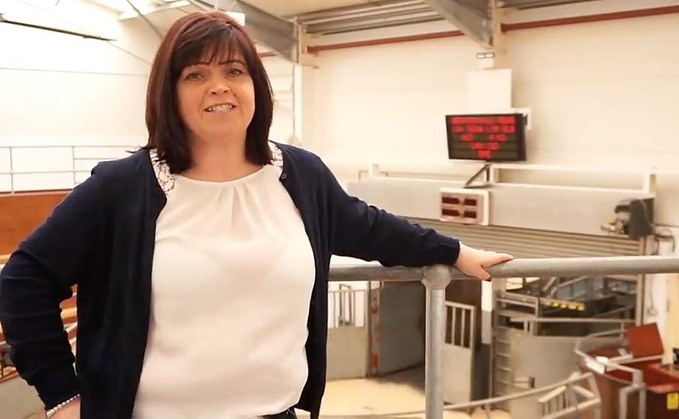
Many changes and crises have affected livestock marts in the time auctioneer Primrose Beaton has been in the trade. But it is all part of the job, as she tells Jez Fredenburgh in our View from the Top...

Many changes and crises have affected livestock marts in the time auctioneer Primrose Beaton has been in the trade. But it is all part of the job, as she tells Jez Fredenburgh in our View from the Top...